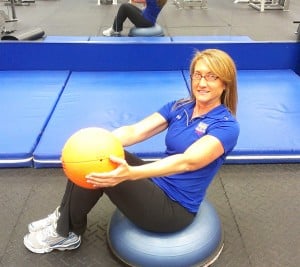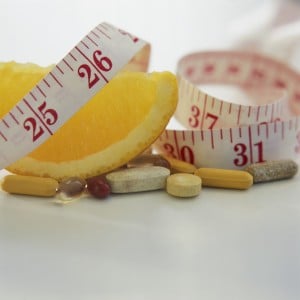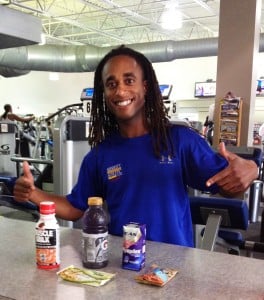The weight loss game can be very frustrating and overwhelming.
We hear so many different ideas and theories that are supposed to control weight gain but we are all different and the same thing does not work for all of us.
For some of us it is not just about calories in and calories out. Especially woman over the age of 40.
Hormones have a great effect on weight and fat loss.
The way to understand what works for us as an individual is to understand the concept of HEC : Hunger , Energy , and Cravings
Of the 3 food groups that are essential for every meal ...Protein, Fibrous Carbs, and Starchy Carbs , adjusting the amounts of each according to our hunger, energy and cravings is the way to control fat loss and weight gain.
We have to be our own detectives to discover the best amounts of each for every meal to control weight and fat loss.
Please refer to Metaboliceffect.com for more information on this concept.
Written by: Michele Mandel
Be the first to leave a comment, praise, or say hello! Share your experience and insights in the comment box below.















